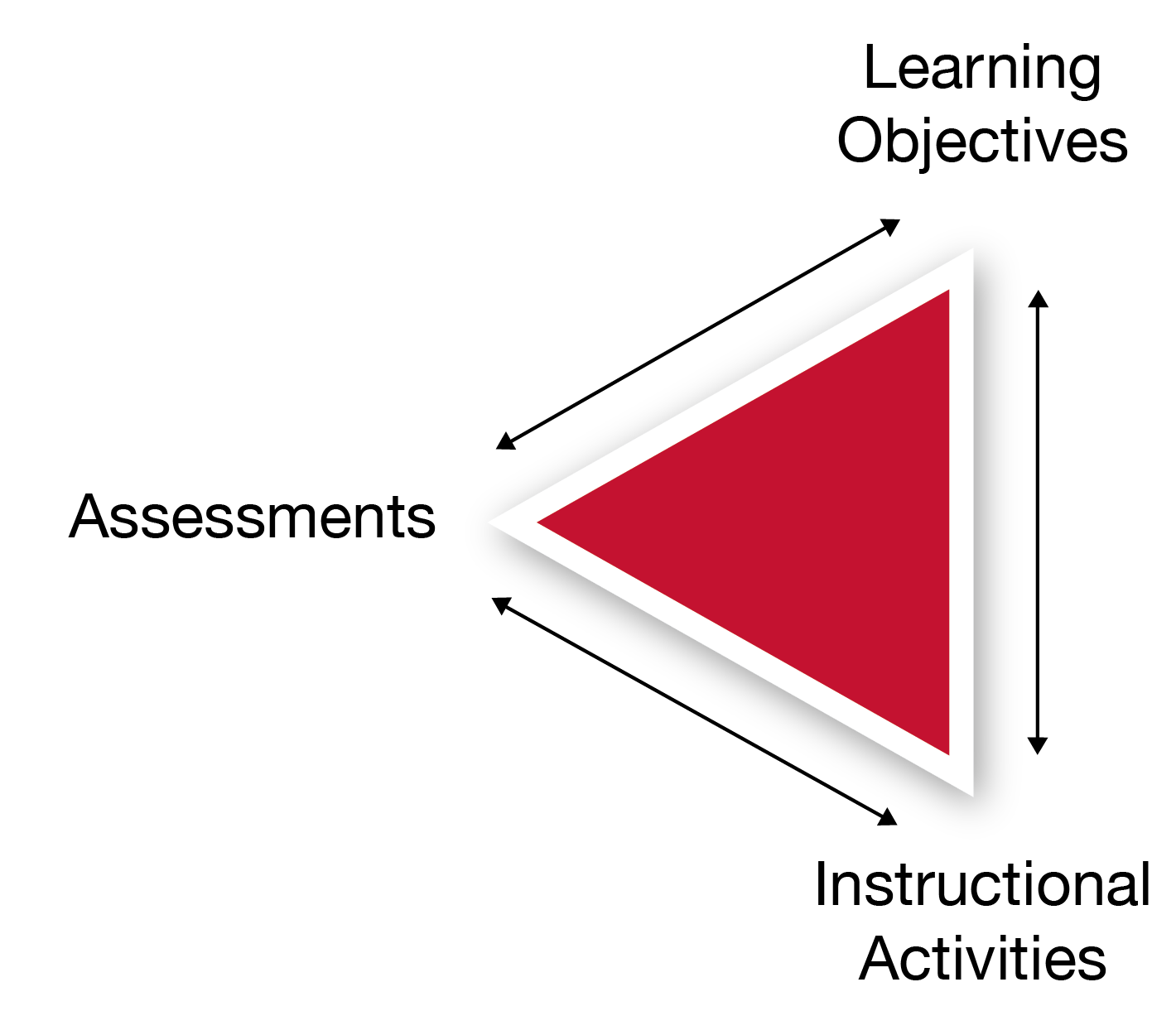Learning Objectives
Learning Objectives articulate the knowledge/skills that your students should acquire by the end of the course. Course-level learning objectives should capture the big-picture view of your course (e.g., what basic knowledge/skills do I want my students to have 6 months after they leave my course?). You may also have learning objectives for specific class sessions, but your syllabus need not list those.
Learning objectives should be:
- Student-centered (e.g., “By the end of this course, students should be able to ____”)
- Actionable (e.g., “apply”, “describe”, “identify”, etc. so you can observe it)
- Measurable (e.g., what would students do differently if they achieved the objective?)
If you would like ideas for actionable verbs to include in your learning objectives, consider using Bloom’s Taxonomy. The headings above each group of verbs correspond to the levels of intellectual activity.
To see examples of learning objectives from your college/discipline, please see this list.
For a review of the literature regarding the educational value of learning objectives, please see this synthesis.

This site supplements our 1-on-1 teaching consultations.
CONTACT US to talk with an Eberly colleague in person!